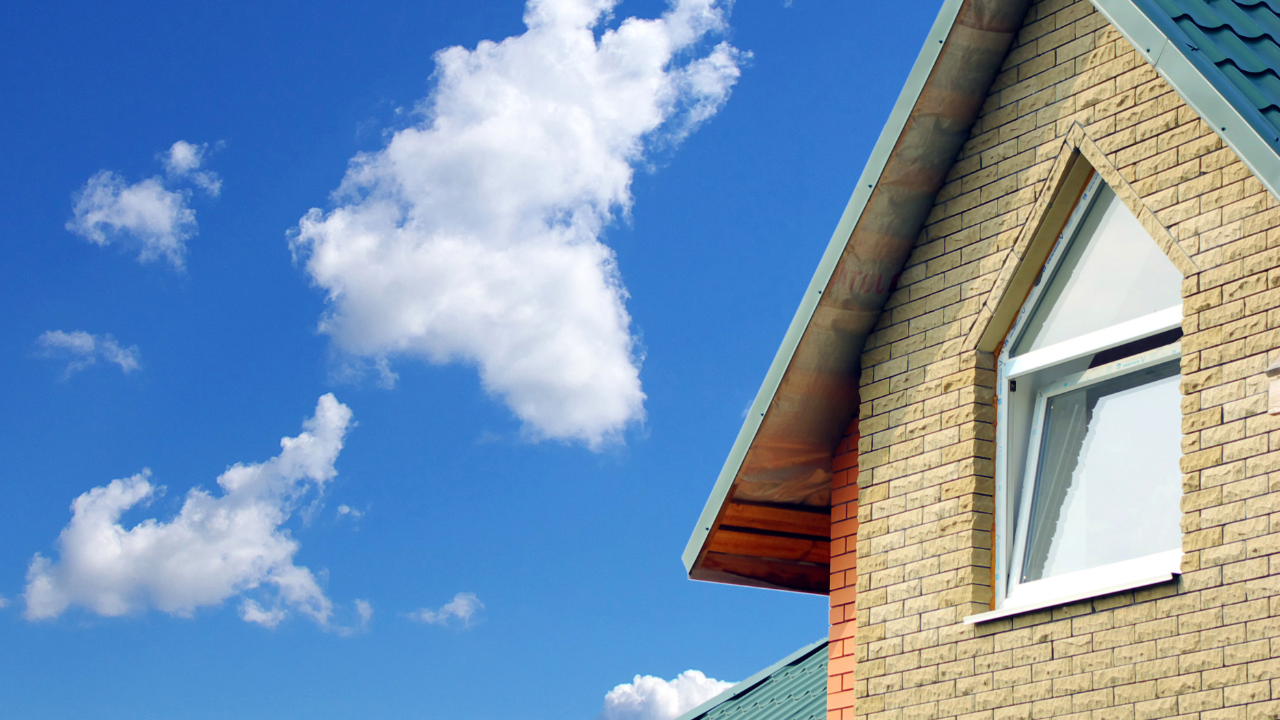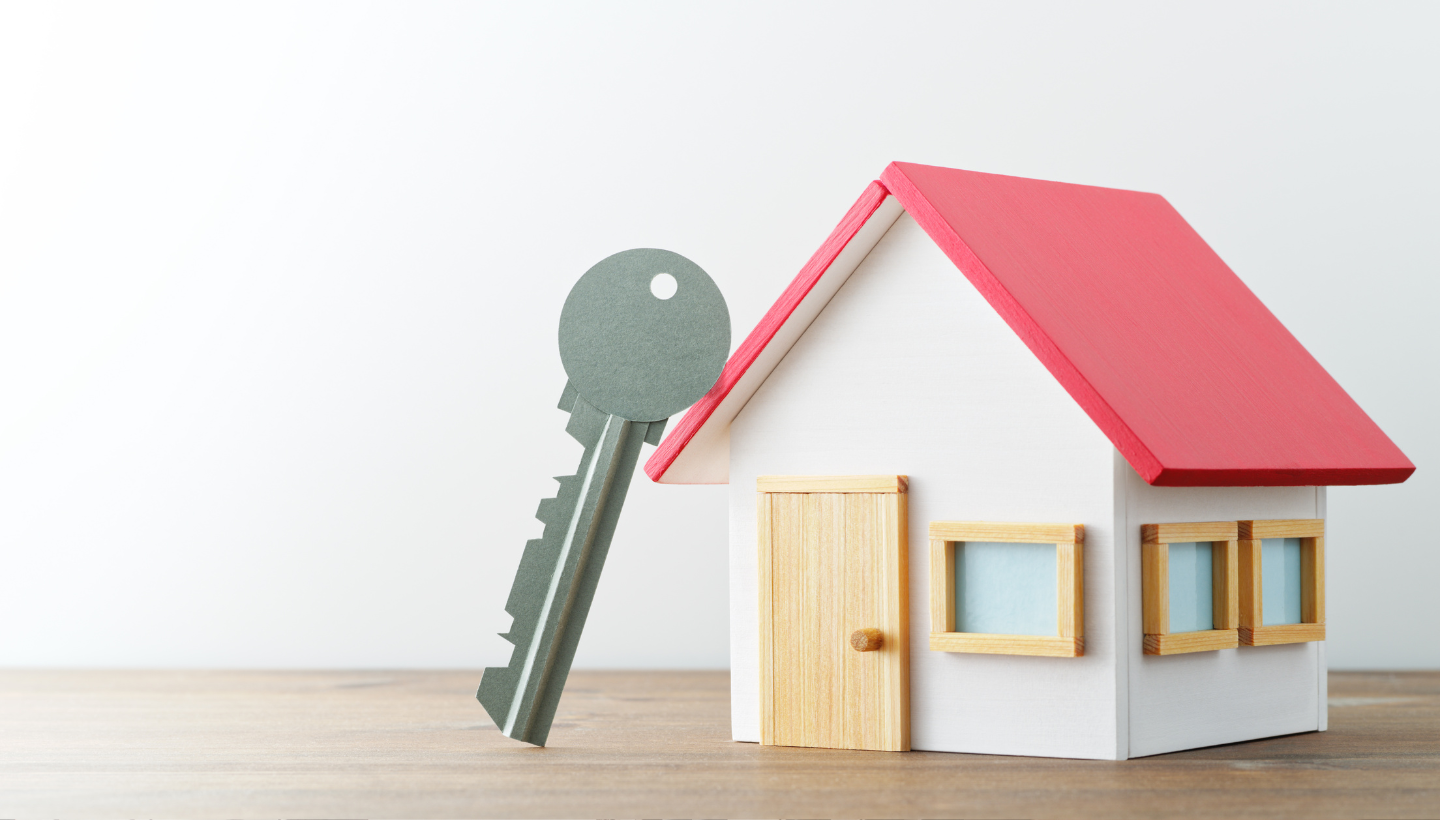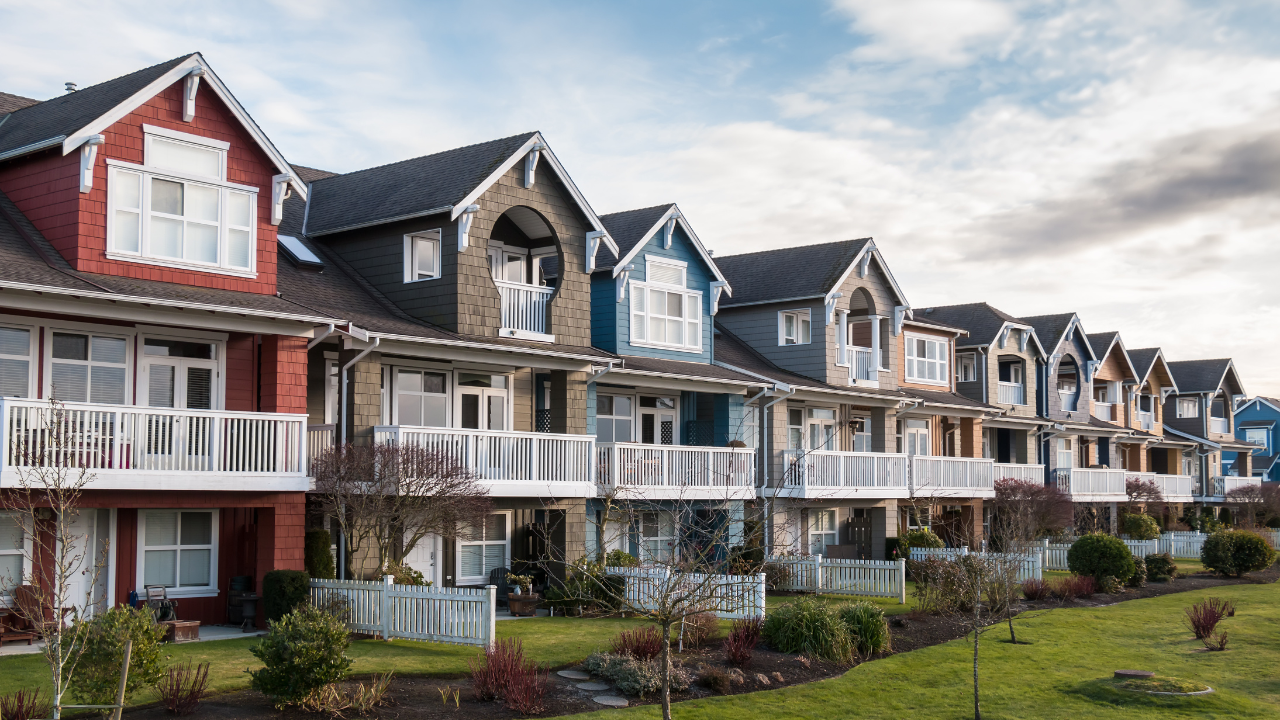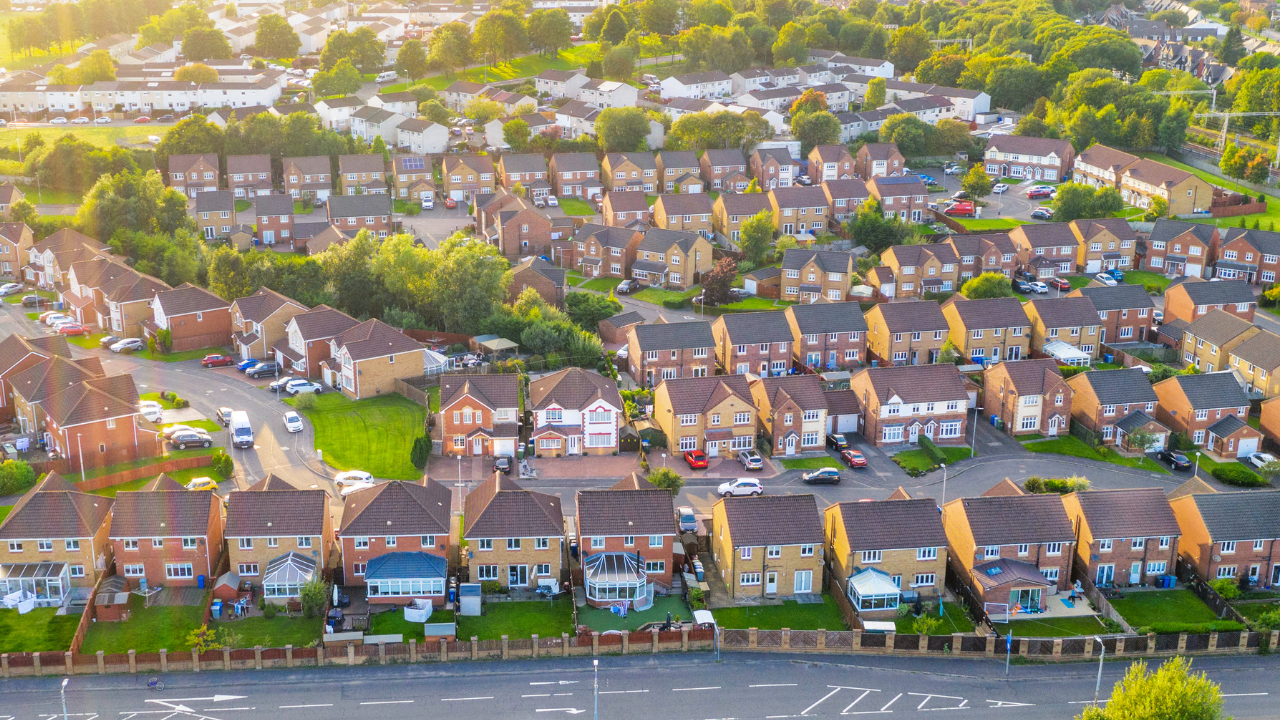In September, rental availability tightened in Australia despite a slowdown in rental growth due to worsening affordability.
CoreLogic’s Q3 2023 Rental Review revealed a 1.6% increase in rental values for the quarter, down from the 2.2% rise in the previous quarter. The annual growth rate dropped from 9.6% to 8.4% by September. The national vacancy rate hit a new record low of 1.1% due to a persistent shortage of rental listings, reaching its lowest level since November 2012.
CoreLogic Economist Kaytlin Ezzy highlighted that escalating affordability issues have been a significant factor in reducing rental growth. Rents have consistently risen for 38 months, causing a 30.4% increase since July 2020. The escalating cost of living has added pressure to renters, likely prompting households to grow and share the rental burden.


The rental market’s challenges stem from low vacancy rates and inadequate housing supply nationwide. High net overseas migration, coupled with a shortfall in rental listings, contributed to the record-low vacancy rates in both capital cities (1.0%) and regional markets (1.2%).
As of October 1st, the national rental listings count plummeted to its lowest since November 2012, creating a rental shortfall of about 47,500 properties. The total listings are down by 15.1% compared to the same period last year and 34.5% below the previous five-year average.
Rental growth remained higher in capital cities (1.9%) compared to combined regional areas (0.7%) during Q3, although the pace of growth decreased slightly in both markets. Capital cities experienced an 80 basis point drop, while regional areas saw a 10 basis point decline.
The gap between house and unit rents in Australia has widened to $36 per week as house rental growth accelerates. House rents increased by 1.7% in Q3, surpassing the 1.3% growth in unit rents. This shift is attributed to worsening affordability in the unit sector and a potential trend towards larger rental households, rebalancing demand between the two property types. Unit rents have risen by 11.7% in the past year, compared to a 7.1% increase in house rents.
Across the Australian capitals, there is diversity in rental conditions. Darwin experienced the highest quarterly rise in dwelling rents at 3.3%, followed by Brisbane at 2.5%. On the other hand, Perth, Melbourne, Sydney, and Adelaide witnessed a slowdown in rental growth, while Hobart and Canberra saw a decline in rents. Sydney remains the most expensive rental market, with a median dwelling rent of $726 per week, followed by Canberra and Darwin. Adelaide lost its title as the most affordable rental capital to Hobart.
Gross rental yields have contracted slightly as property values outpace rental growth. National gross rental yields decreased from 3.73% in April to 3.71% in September but remain higher than the previous year. CoreLogic’s Quarterly Rental Review for Q3 2023 provides a comprehensive analysis of Australia’s rental market, covering various aspects such as gross yields, house versus units, city versus regional, and median rent in different suburbs.











